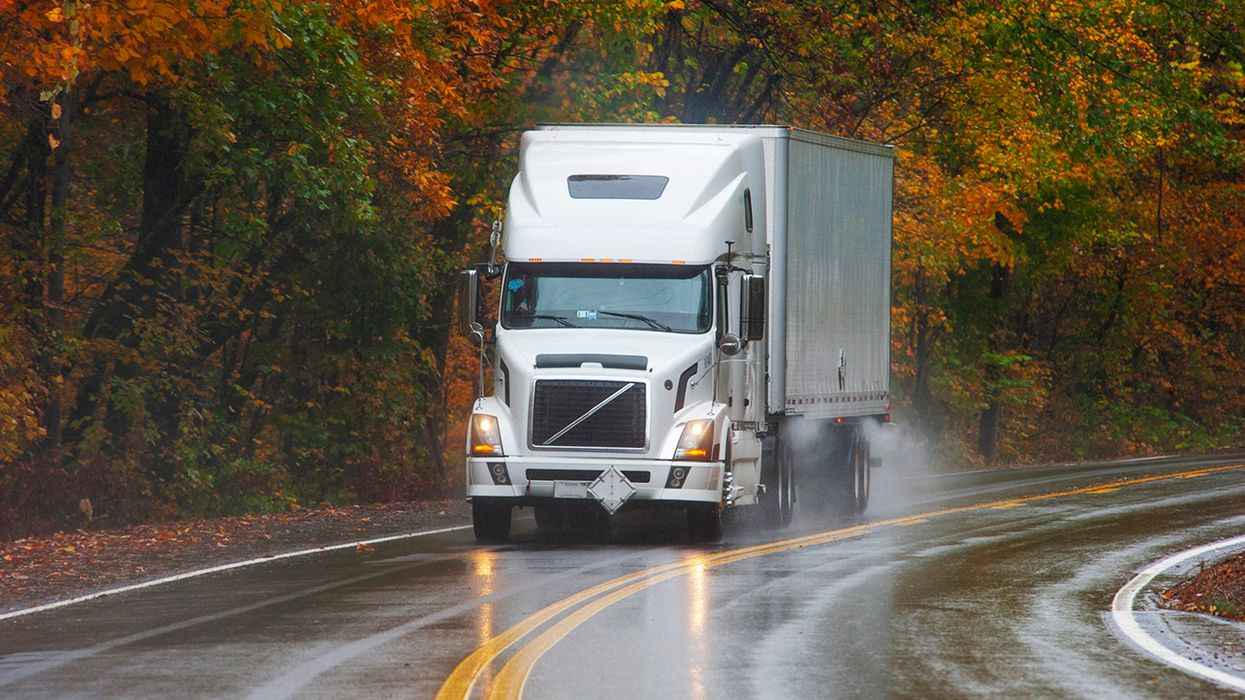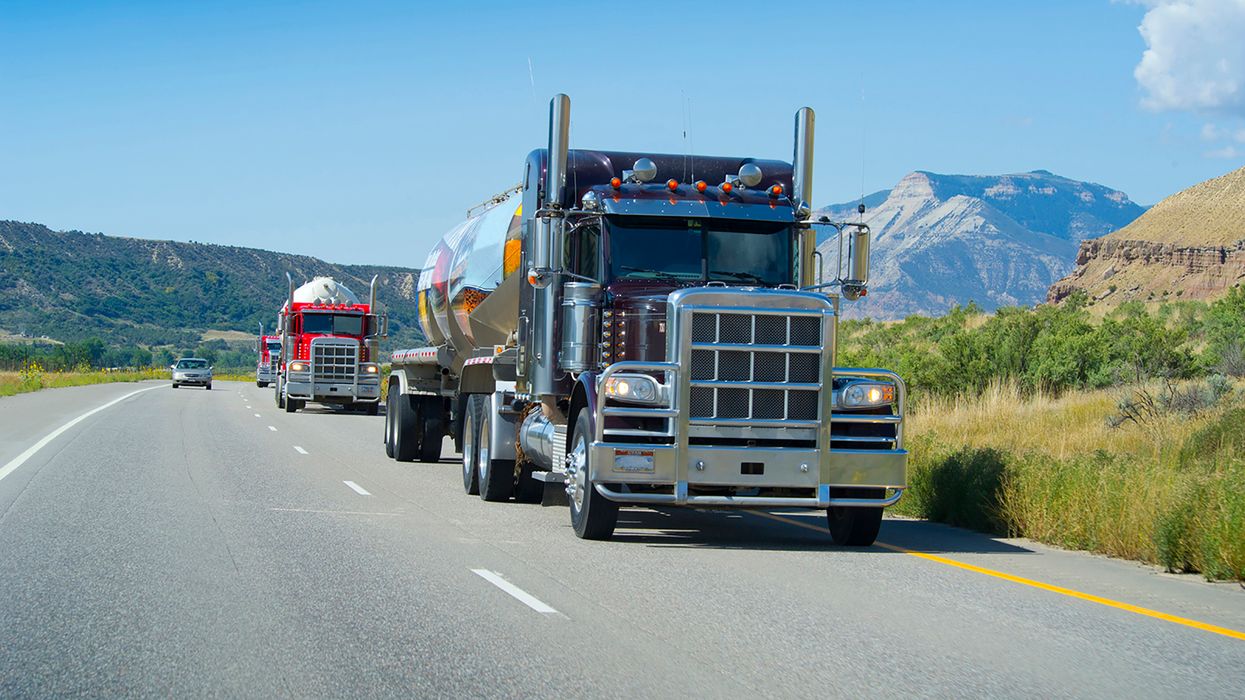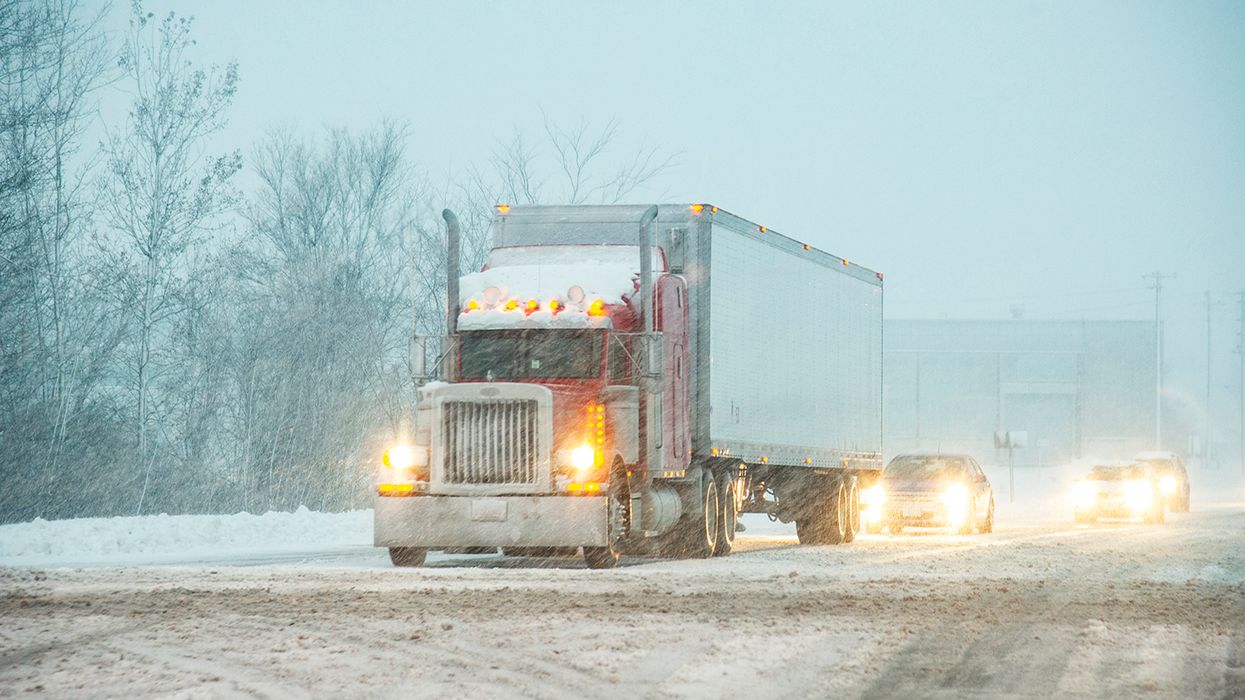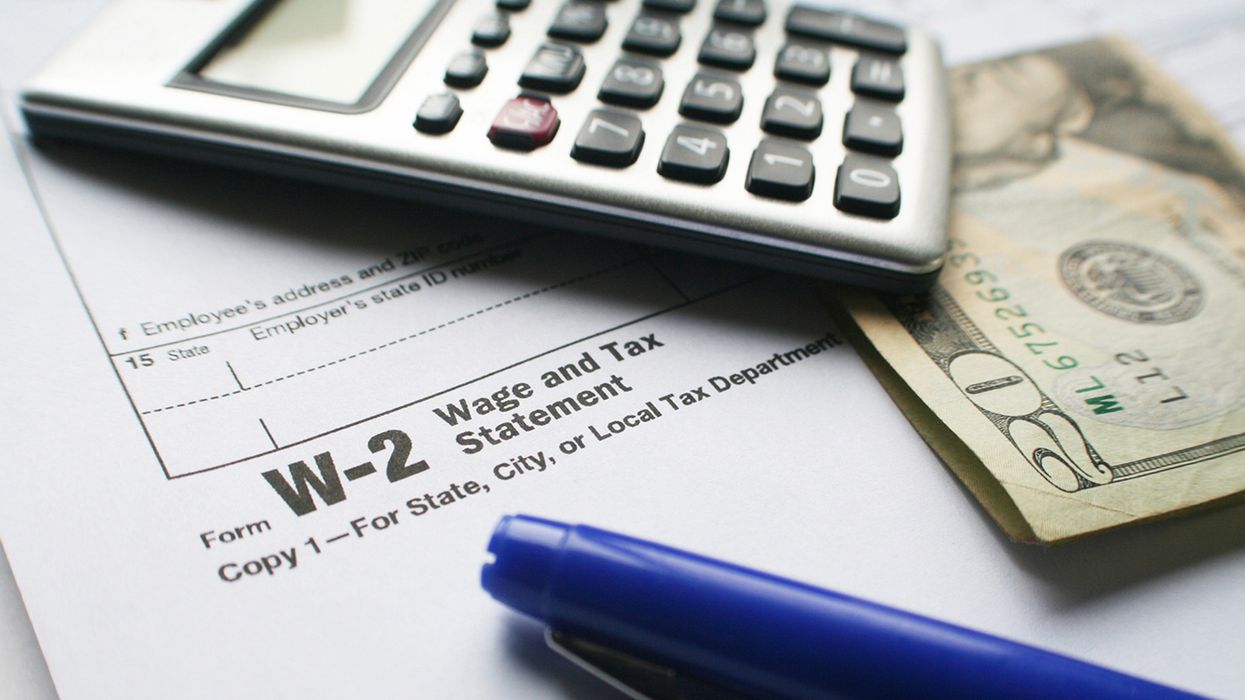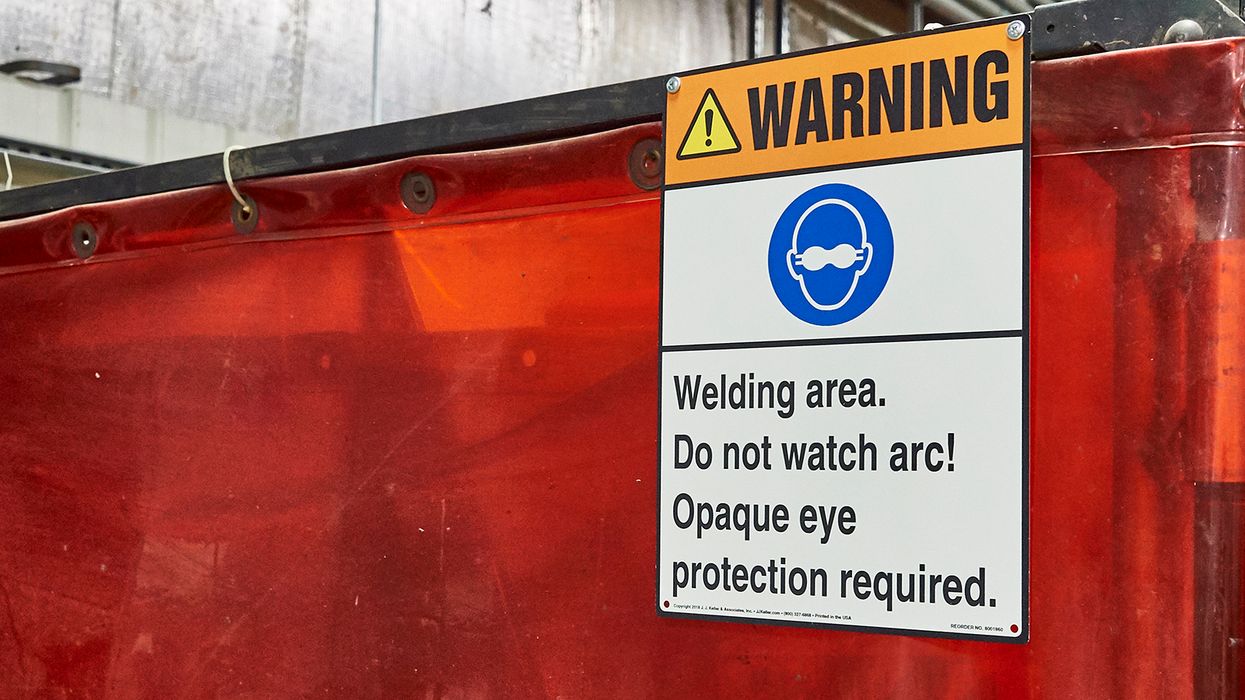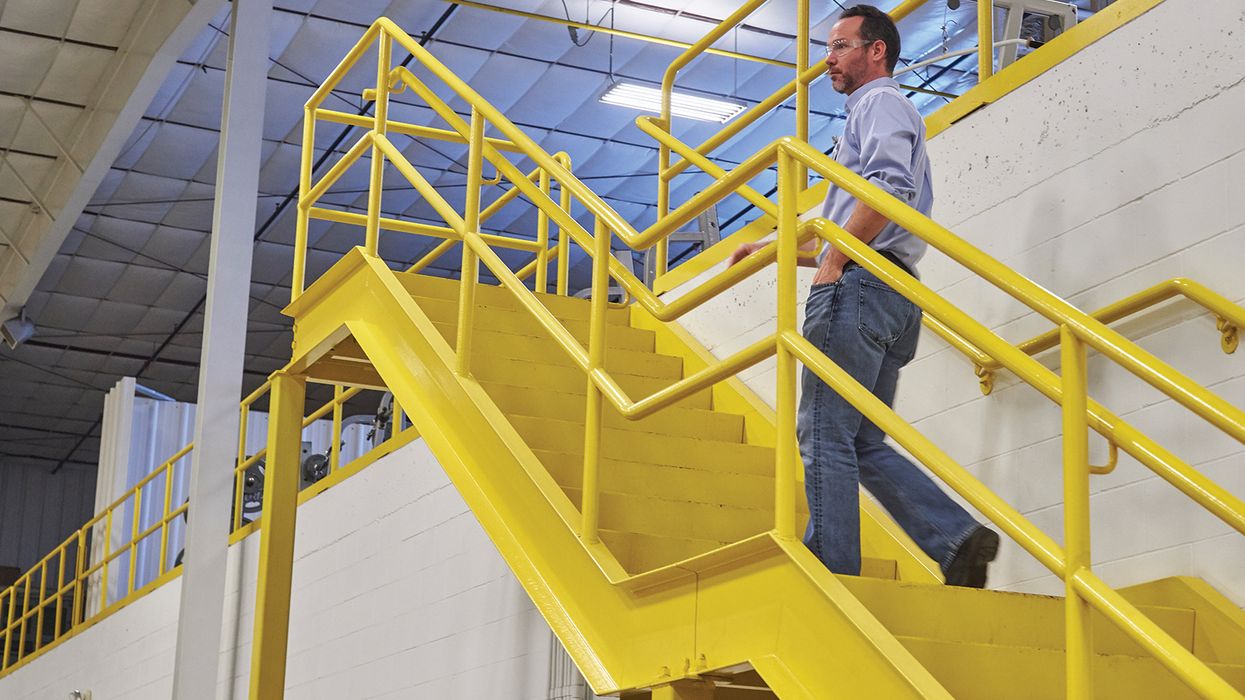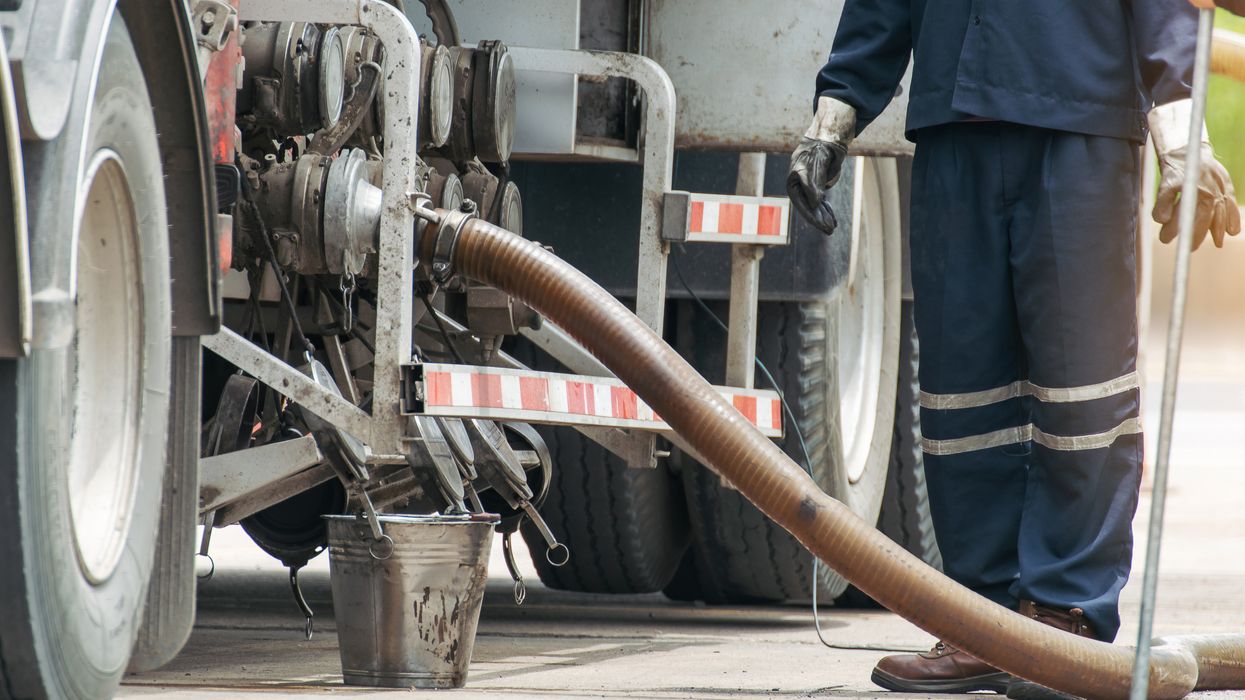Safeguarding the environment: A look at environmental risk assessment tools
Environmental risk assessment is an important practice for businesses and organizations with operations that might impact the environment. It's a proactive way to identify possible environmental dangers, evaluate how likely and serious they are, and develop plans to handle those risks. Different tools and methods make the environmental risk assessment process smoother and ensure that the environment is protected effectively.
Compliance audits and calendars: Keeping up with regulations
An industry study conducted by the J. J. Keller Center for Market Insights in 2023 found that nearly half (47 percent) of the respondents utilized compliance audits as a risk assessment tool. Compliance audits provide thorough check-ups for a facility to make sure it follows environmental rules. This includes looking at equipment, checking waste and emissions records, and confirming permits. Audits help organizations avoid fines and harming the environment by finding areas where they could be out of compliance.
Compliance calendars, used by 34 percent of respondents in the same study, serve as a helpful aid to audits. These calendars track deadlines for permit renewals, reporting requirements, and environmental training. They keep organizations on schedule and prevent missed deadlines that could lead to noncompliance issues.
Checklists: Streamlining the assessment process
Checklists are a widely used (by 71 percent, according to the study) and versatile methodology in environmental risk assessment. They’re organized lists that help identify possible environmental dangers related to specific activities or processes.
Companies can customize checklists to focus on different parts of operations, like waste or hazardous materials management or construction. By going through these checklists step by step, organizations can quickly spot possible environmental risks.
Risk matrices: Prioritizing threats
Risk matrices are another valuable methodology used by 28 percent of respondents in the study. These matrices combine how likely a hazard is to happen with how bad the consequences could be and create scores. Organizations decide which risks to focus on first based on the scores.
For instance, a risk matrix might show that storing hazardous materials has a high risk because spills and contamination could happen. Therefore, the organization should take stronger precautions and invest in ways to reduce the risk.
Choosing the right tools for the job
The effectiveness of environmental risk assessment hinges on selecting the most appropriate tools and methodologies for the specific needs of an organization. Here's how to make informed choices:
- Industry and operations: The tools used by a manufacturing facility will differ from those needed by a construction company. Select the tools based on the specific environmental risks associated with your industry.
- Complexity of operations: Complex operations necessitate more comprehensive assessment strategies. Checklists and risk matrices might be more suitable for intricate processes, while simpler tasks might benefit from straightforward audits.
- Regulatory environment: Compliance calendars can be valuable for meeting stringent environmental regulations and frequent reporting requirements.
While tools and methodologies are essential, a robust compliance program requires more. Consider these additional factors:
- Employee training: Environmental awareness and training on risk assessment procedures is key for a successful program.
- Data analysis and recordkeeping: Analyzing data collected during assessments allows an organization to identify trends and keep improving environmental management strategies.
- Regular reviews and updates: Environmental regulations and operational practices evolve. Regularly reviewing and updating tools and methodologies ensures the compliance program remains effective.
Key to remember: A well-designed environmental compliance program, equipped with the right risk assessment tools and methodologies, plays a key role in keeping the environment safe and preventing noncompliance.

















































